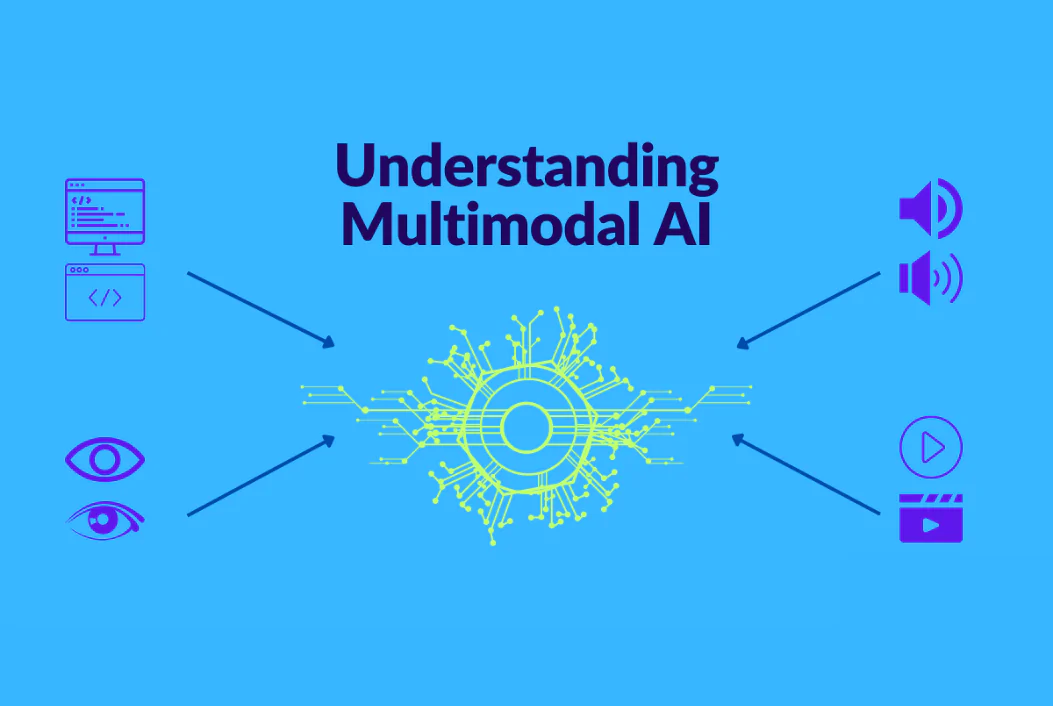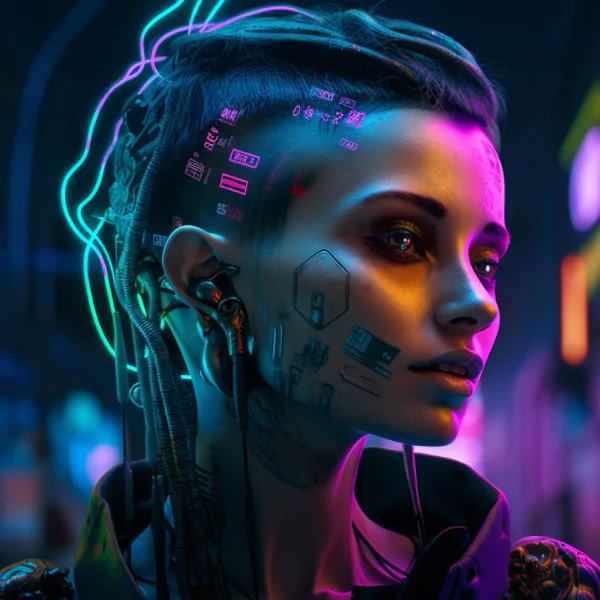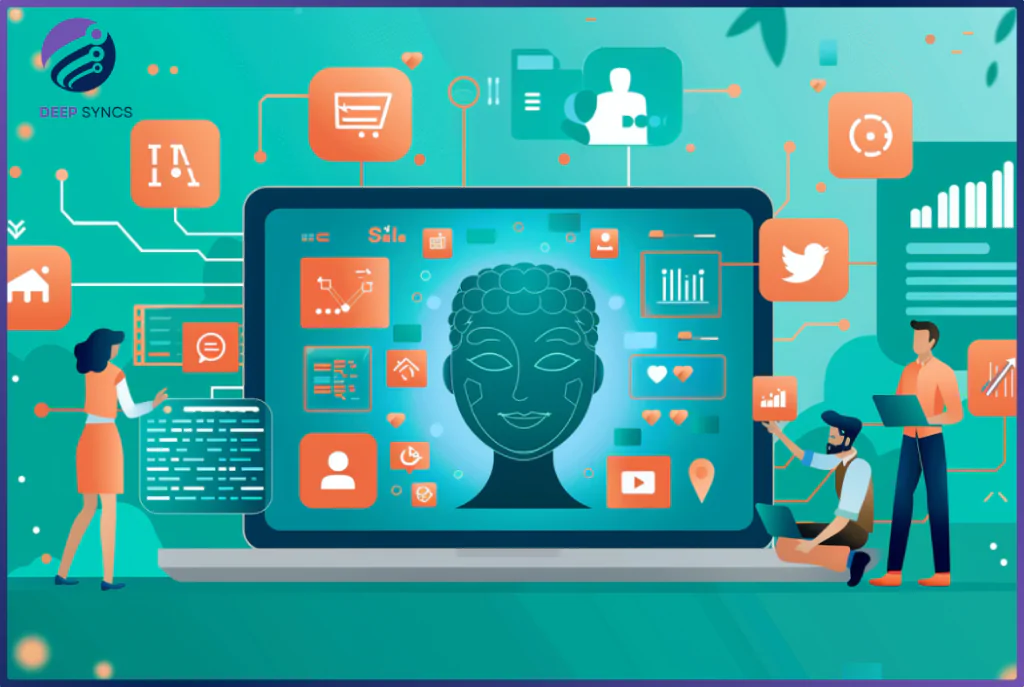Multimodal models are capable of processing a broad range of inputs as prompts, such as text, images, and audio, and transforming those prompts into multiple outputs, independent of the source type. Certain generative artificial intelligence (AI) systems generate text as their only output and only accept text as their input. Other AI systems can generate a variety of outputs and accept a variety of inputs, including text and images. We refer to these as multimodal AI systems. This article concentrates on these more intricate systems, which are found in devices like Ray-Ban Meta smart glasses.
Example of multimodal AI
A multimodal model is a type of machine learning (ML) model that can process data from various modalities, such as text, videos, and images. For instance, Gemini, Google’s multimodal model, can be used to create written recipes in response to photos of cookie plates, and vice versa.
Different between generative AI and multimodal AI

The term “generative AI” refers to the application of machine learning models to produce new content, such as text, photos, music, audio, and videos, usually in response to a single kind of prompt. These generative powers are extended by multimodal AI, which can process data from various modalities such as text, video, and image.
AI that is multimodal will be able to process and comprehend various sensory modalities. In practical terms, this means that users can ask a model to generate almost any type of content with almost any input, and they are not restricted to a single input and output type.
How Multimodal System works?

Systems that use multimodal generative AI usually rely on models that blend different input formats, including words given as a prompt, images, videos, and audio. It then transforms them into an output, which could additionally contain audio, video, images, or text-based responses. Numerous images, videos, and audio files, as well as a significant quantity of text, are analysed to train these models. The association between text descriptions and corresponding images, videos, or audio recordings is learned by the models. This process involves multiple steps, which are described below.
-
Input
The first step is to give the system an input, which can be in the form of voice, written, or visual instructions, pictures, audio, or video.
When using the Ray-Ban Meta smart glasses, you have to speak to the AI system of the device by saying something like “Hey Meta,” which is followed by a prompt that asks you a question or describes a topic you are interested in.
-
Safety precautions
Safety measures examine all inputs to identify offensive, dangerous, or improper content that might cause unfavorable reactions. Our current safety and responsibility guidelines are applicable to all inputs.
-
Model manipulation
Subsequently, the AI model receives the prompt, image, video, and/or audio for interpretation and output generation. The AI model in the Ray-Ban Meta smart glasses receives both the spoken text and the image that was captured.
In order to produce a logical and pertinent output, the model uses the language and patterns it learned from a large volume of data and images during training.
In what way does the model produce an output?
To incorporate information from all input types, each type of input—the prompt plus an image, video, and/or audio—is processed separately before being combined.
Regarding text output:
A language model uses the combined information from the input to predict the word that is most likely to appear next.
Usually, the input and the anticipated first word of the response are analysed to produce the second word of the response. In order to predict the following word, the model then examines the new sequence.
-
Output processing
The output that the model produces may be processed in order to improve and refine it. To increase quality, the model might, for instance, choose the most appropriate and pertinent text-based response. It may also implement extra security measures to aid in preventing the production of offensive or dangerous outputs.
-
Delivery of output
Ultimately, an output is produced by the model.
Text-based responses are provided through the speakers in the Ray-Ban Meta smart glasses as well as the companion app. These are supplied in the companion app, along with any images. Keep in mind that even with the same inputs, the result could change. This could be as a result of the output processing step mentioned above or the model’s purposeful dynamic nature.
What is the future of multimodal AI and why is it important?
The development of multimodal AI and multimodal models is a significant advancement in the way AI is constructed and extended in the upcoming applications. For instance, Gemini can comprehend, elucidate, and produce top-notch code in the most widely used programming languages worldwide, including Python, Java, C++, and Go, freeing up developers to concentrate on creating more feature-rich applications. The potential of multimodal AI also moves us closer to AI that functions more like a knowledgeable assistant or helper than it does like clever software.
Benefits of multimodal models and multimodal AI

Multimodal AI has the advantage of providing users and developers with an AI that is more sophisticated in terms of generation, reasoning, and problem-solving. The ways in which next-generation applications can transform the way we work and live are virtually limitless thanks to these developments. Vertex AI Gemini API provides enterprise security, data residency, performance, and technical support for developers who want to get started building. Current users of Google Cloud can immediately begin prompting with Gemini in Vertex AI.
FAQ
Q1: What is multimodal AI?
Users of multimodal AI can supply various data modalities and use those modalities to generate outputs. A multimodal system, for instance, can produce both text and images if you give it both.
Q2: Is ChatGPT multimodal?
Yes, ChatGPT has evolved beyond a simple chatbot. With the most recent release of OpenAI, ChatGPT now has strong new capabilities beyond text. It can recognise objects in pictures, react to audio recordings, and narrate bedtime stories in its own artificial intelligence voice.
Q3: What is an example of multimodal AI?
For example, Gemini, Google’s multimodal model, can be used to create written recipes in response to photos of cookie plates, and vice versa.
Q4: What is the future of multimodal AI?
The development of multimodal AI and multimodal models is a significant advancement in the way AI is constructed and extended in the upcoming applications.


